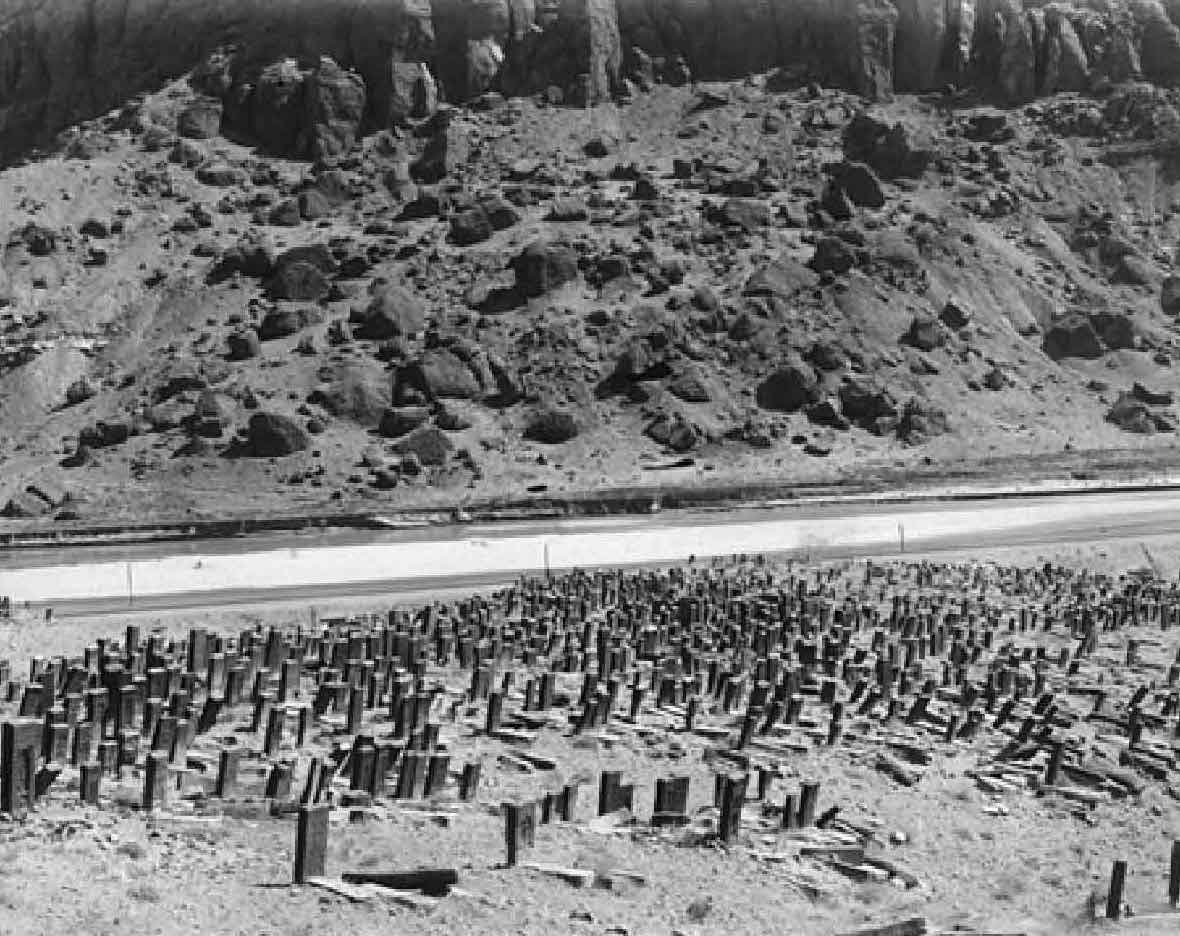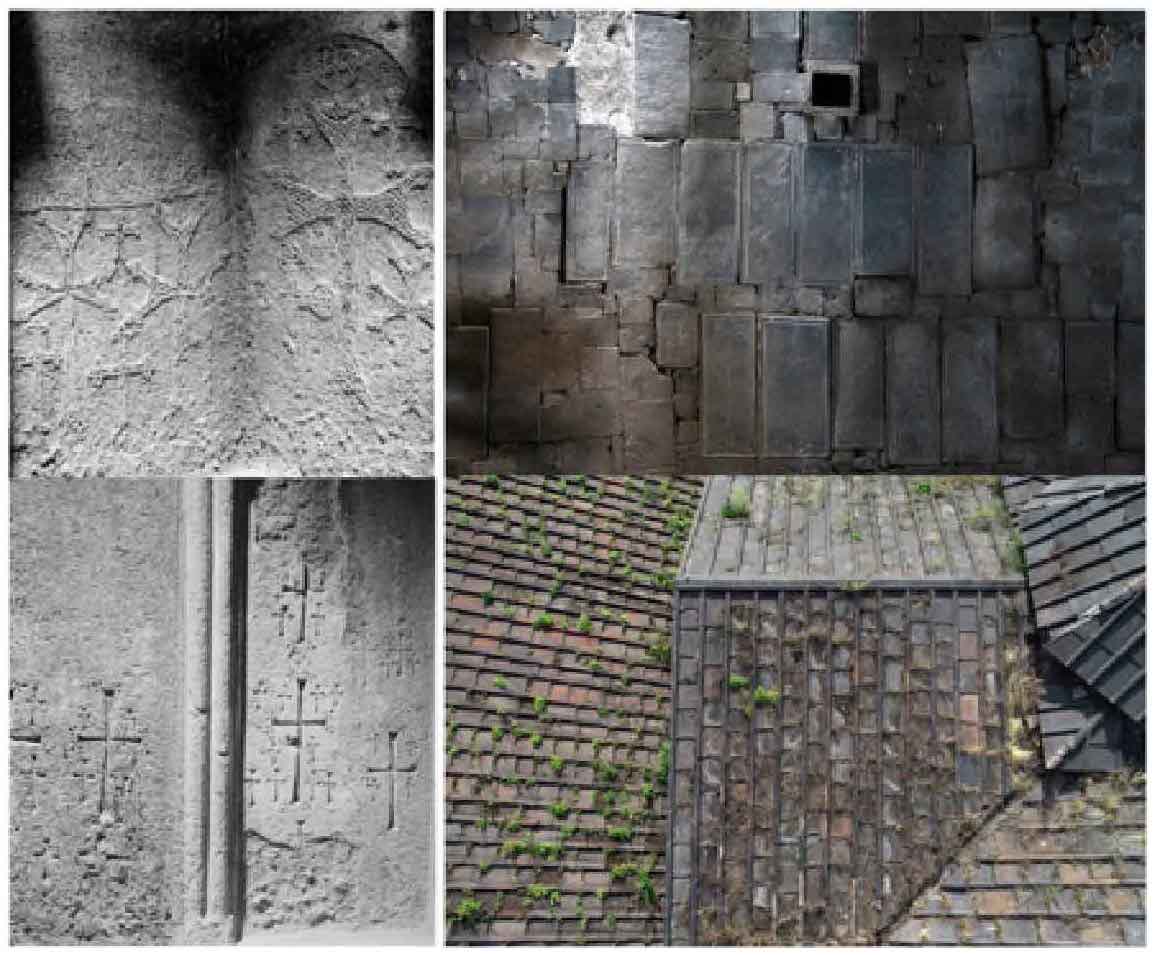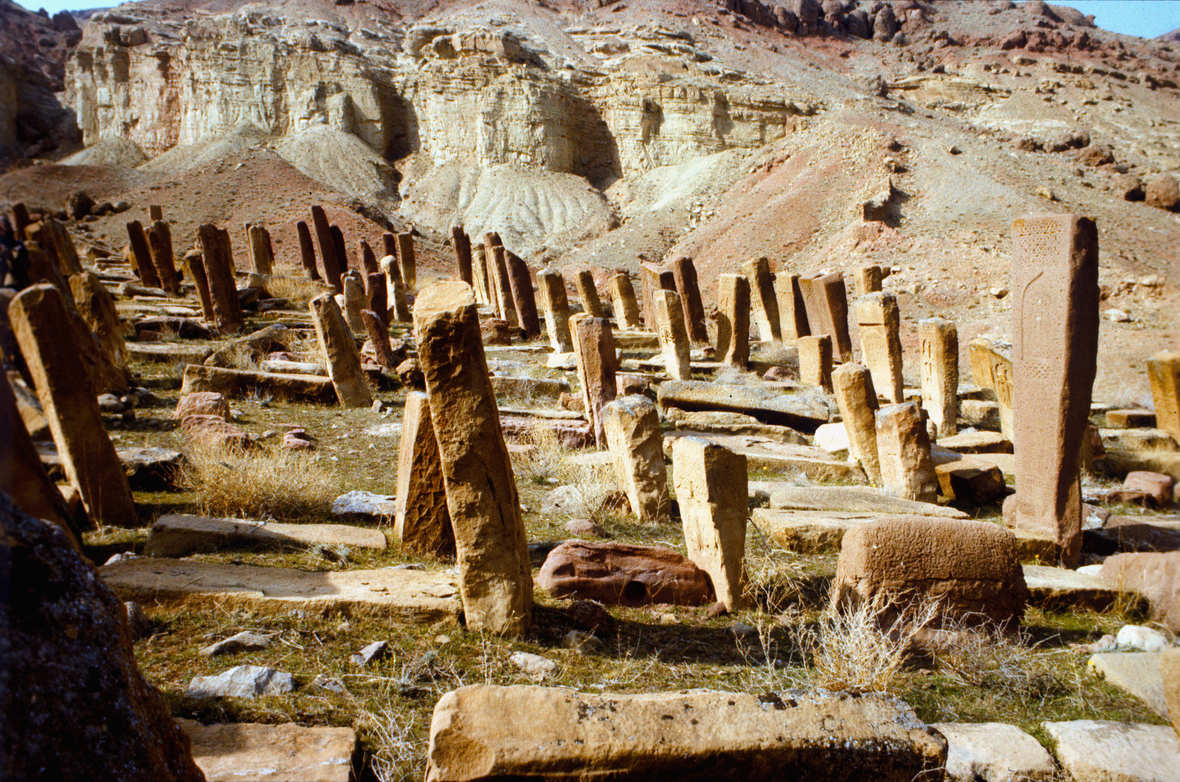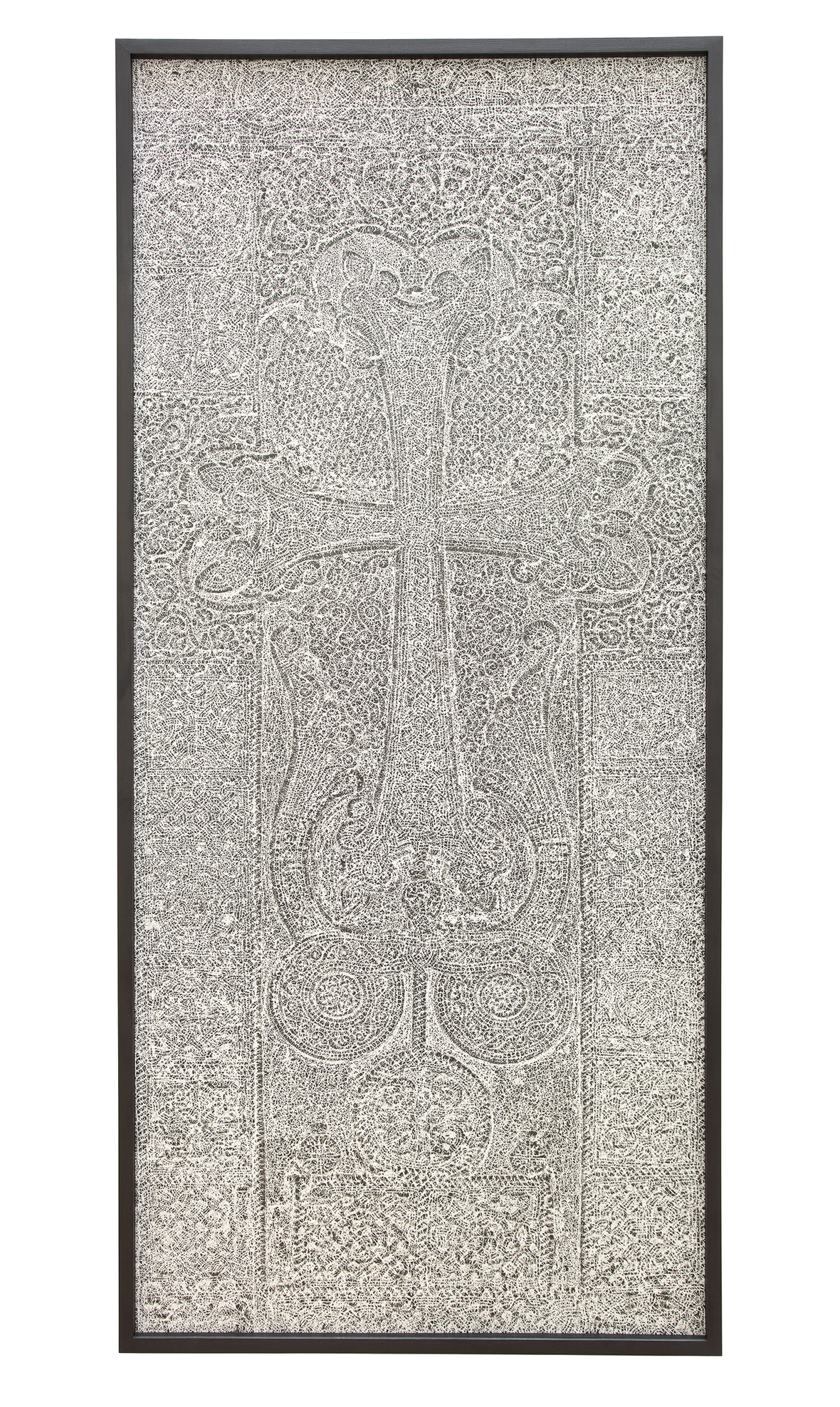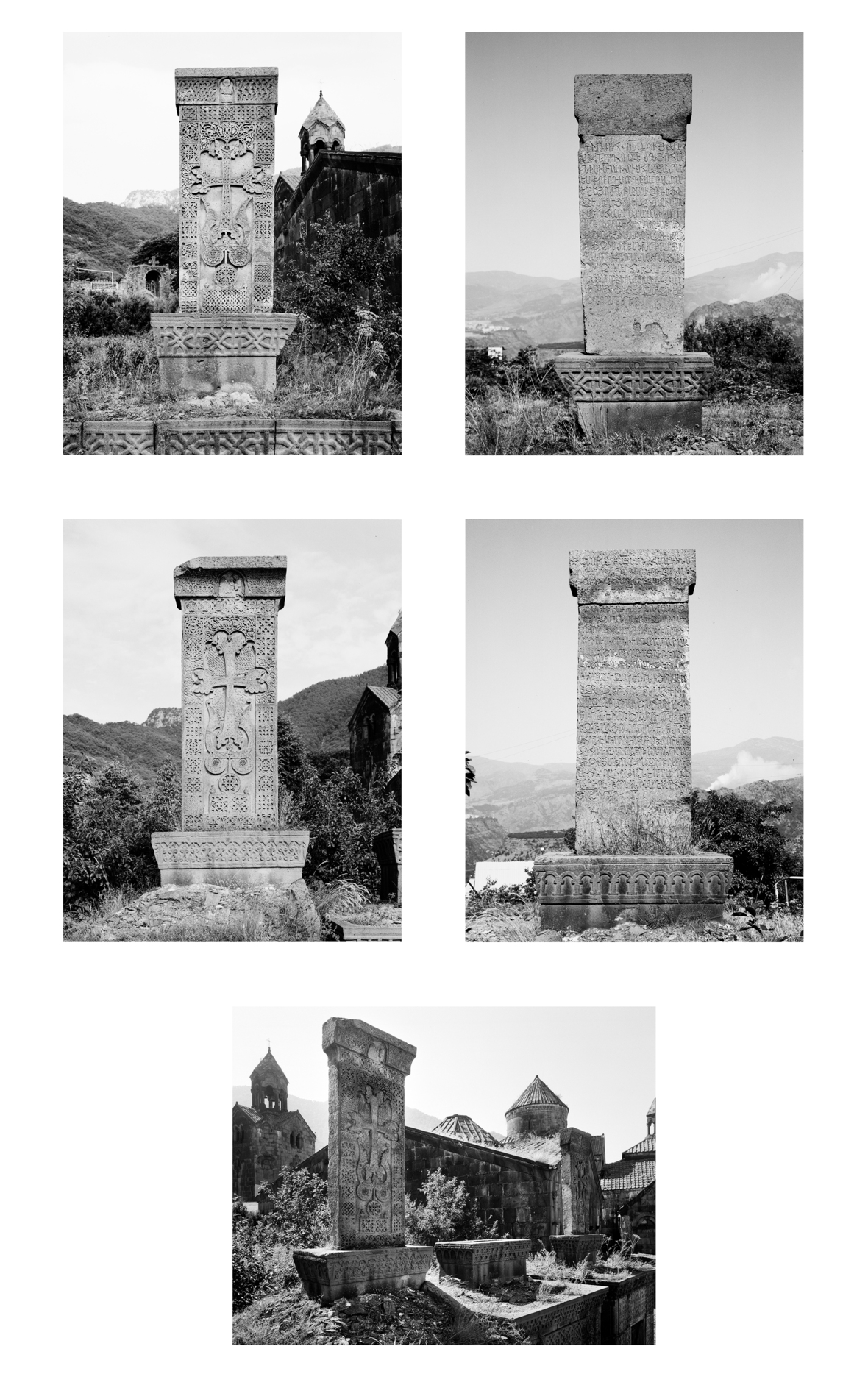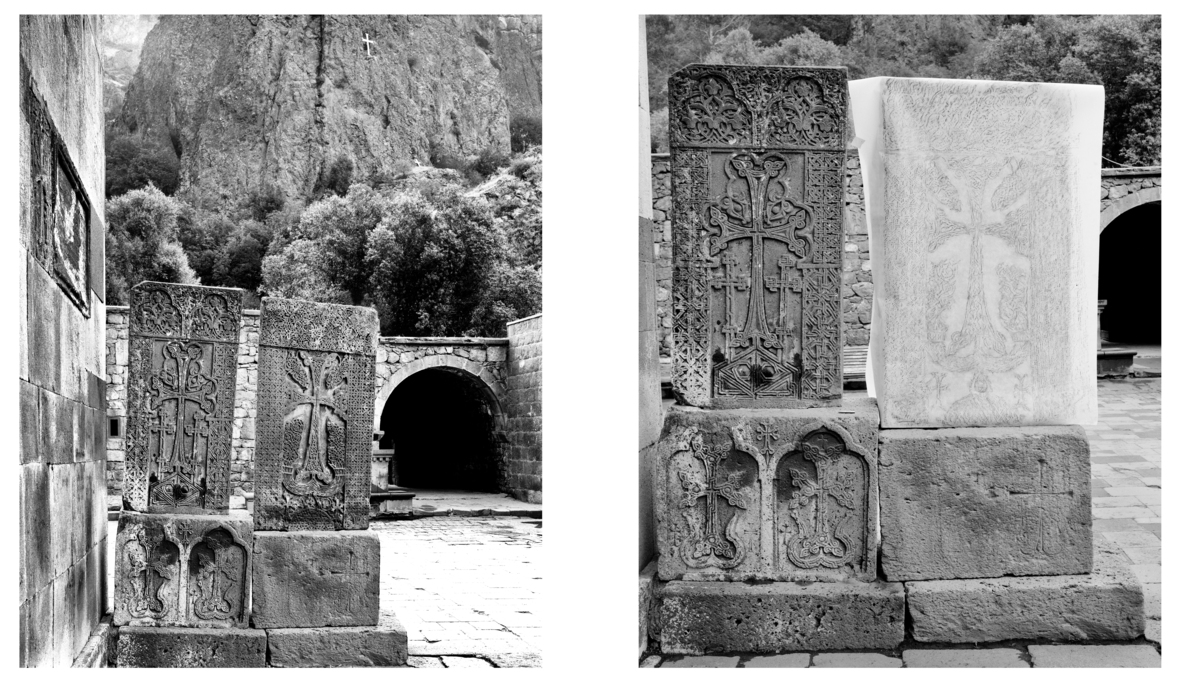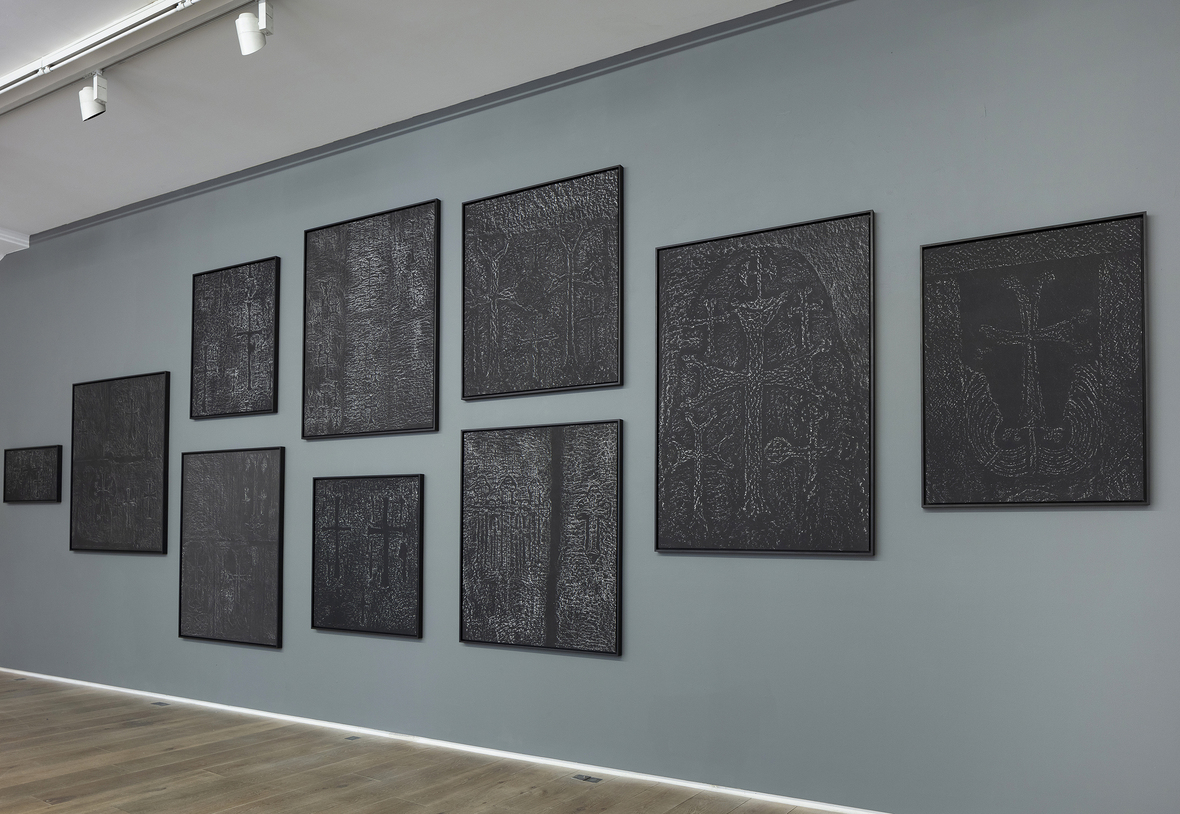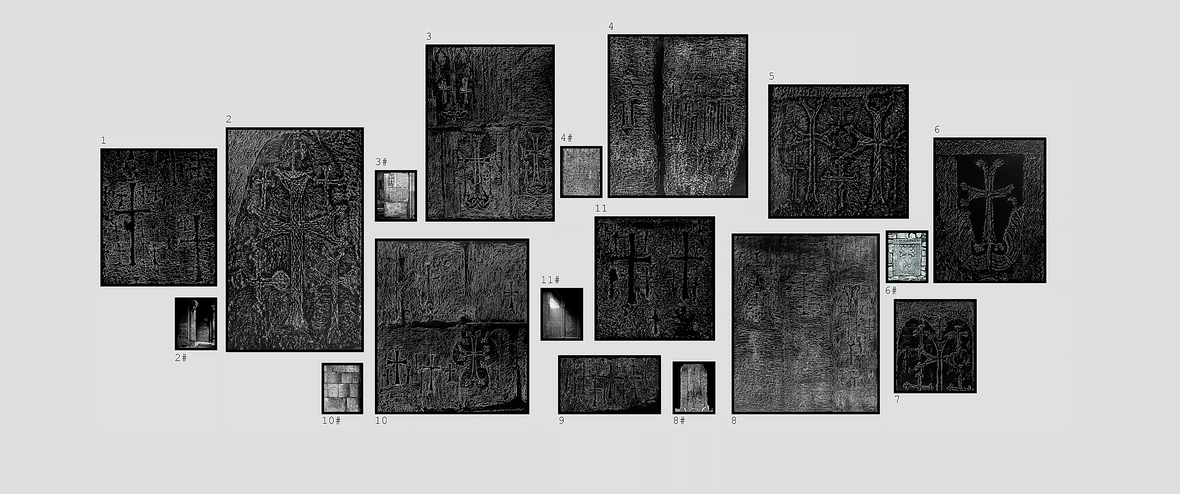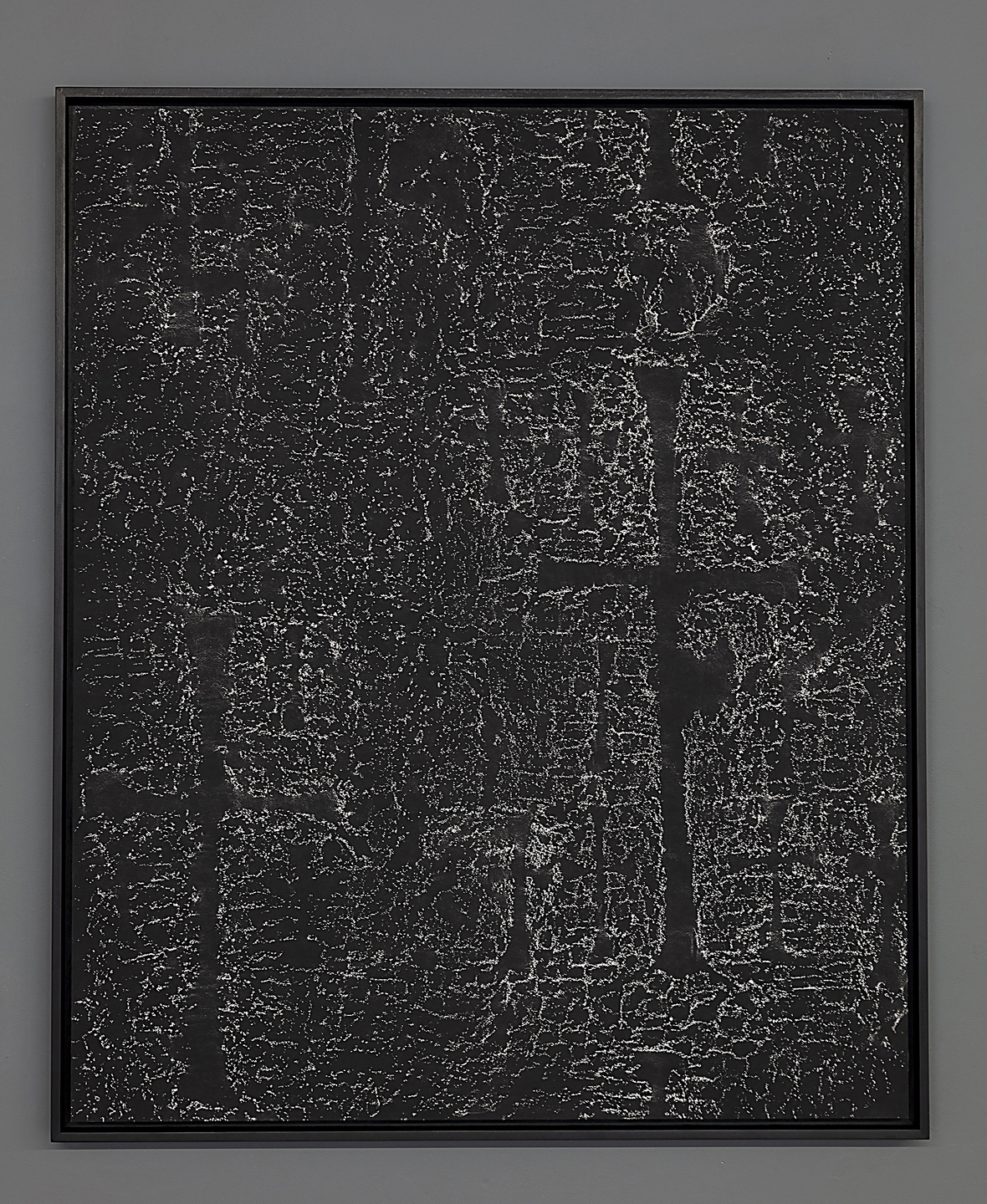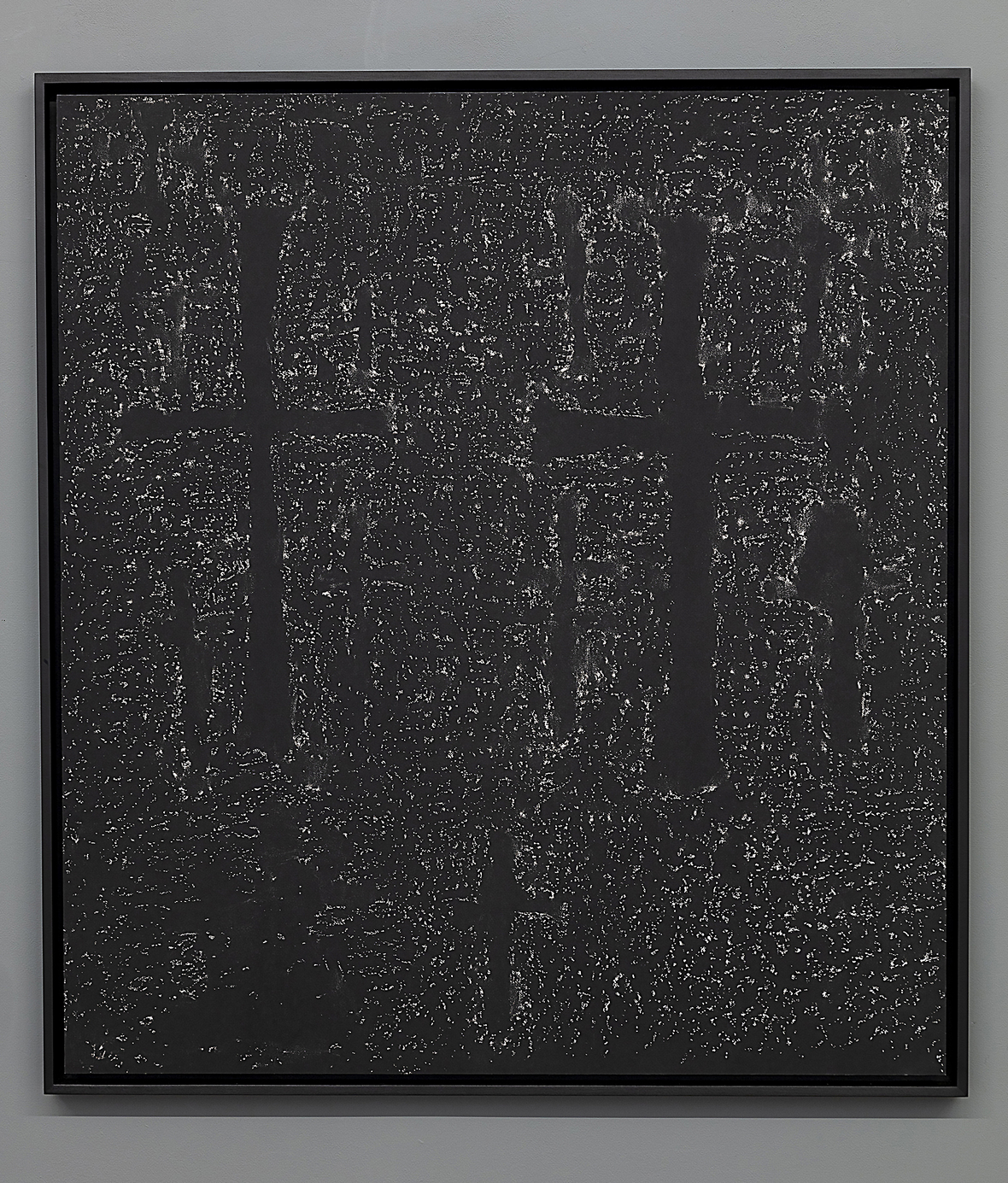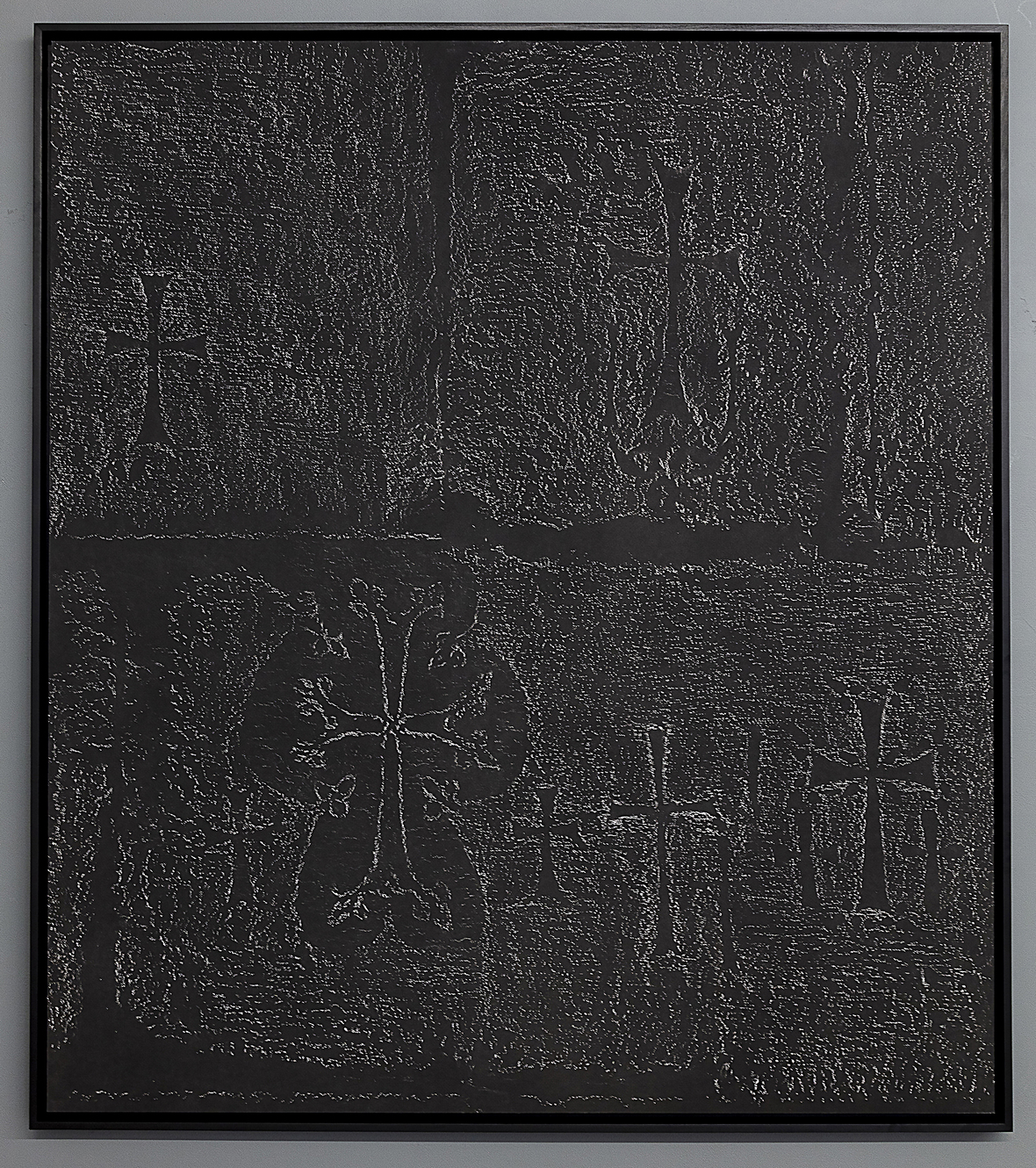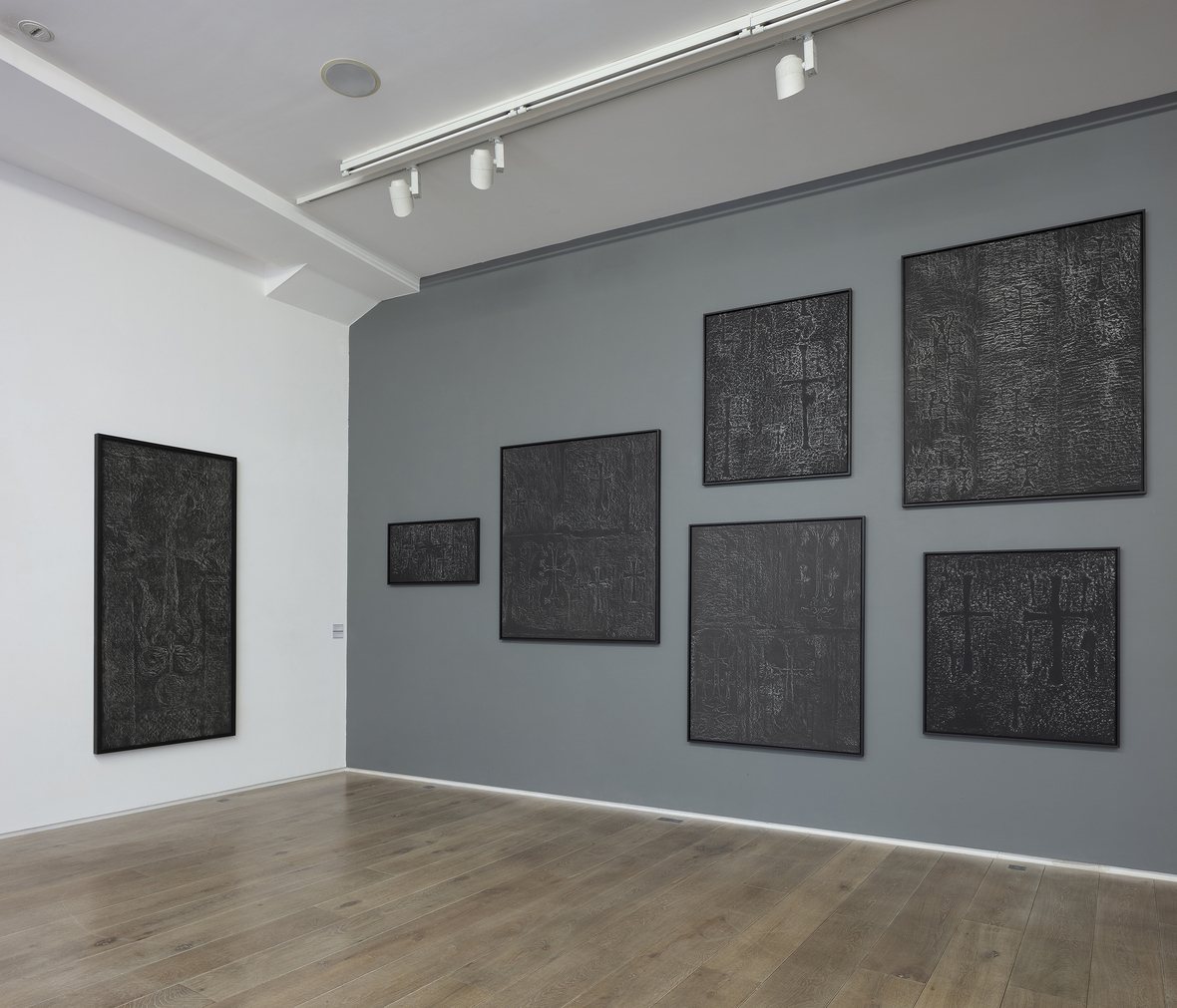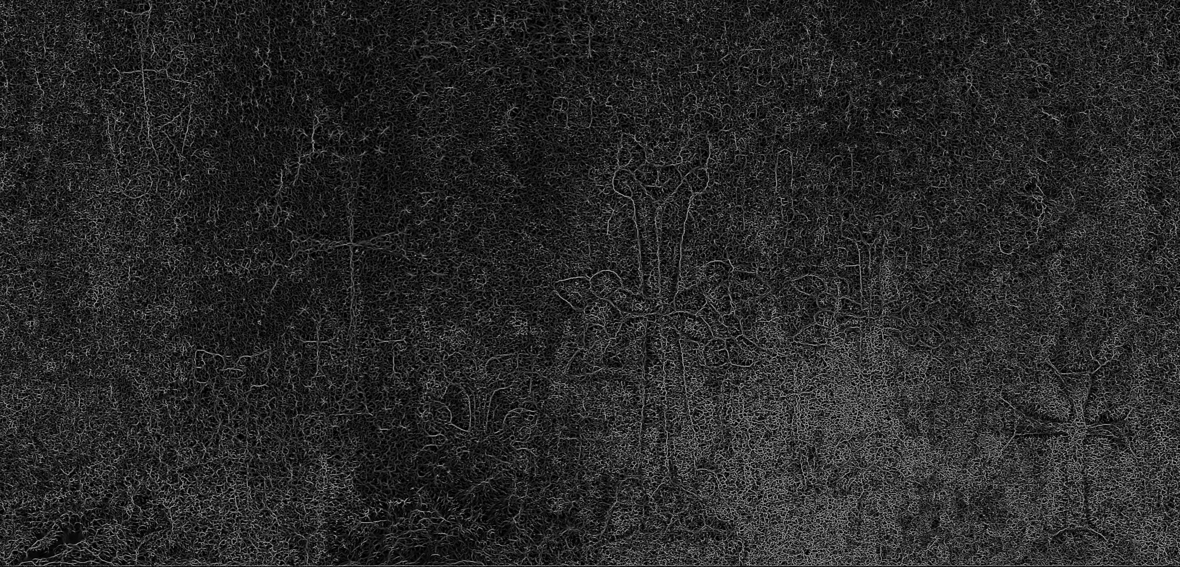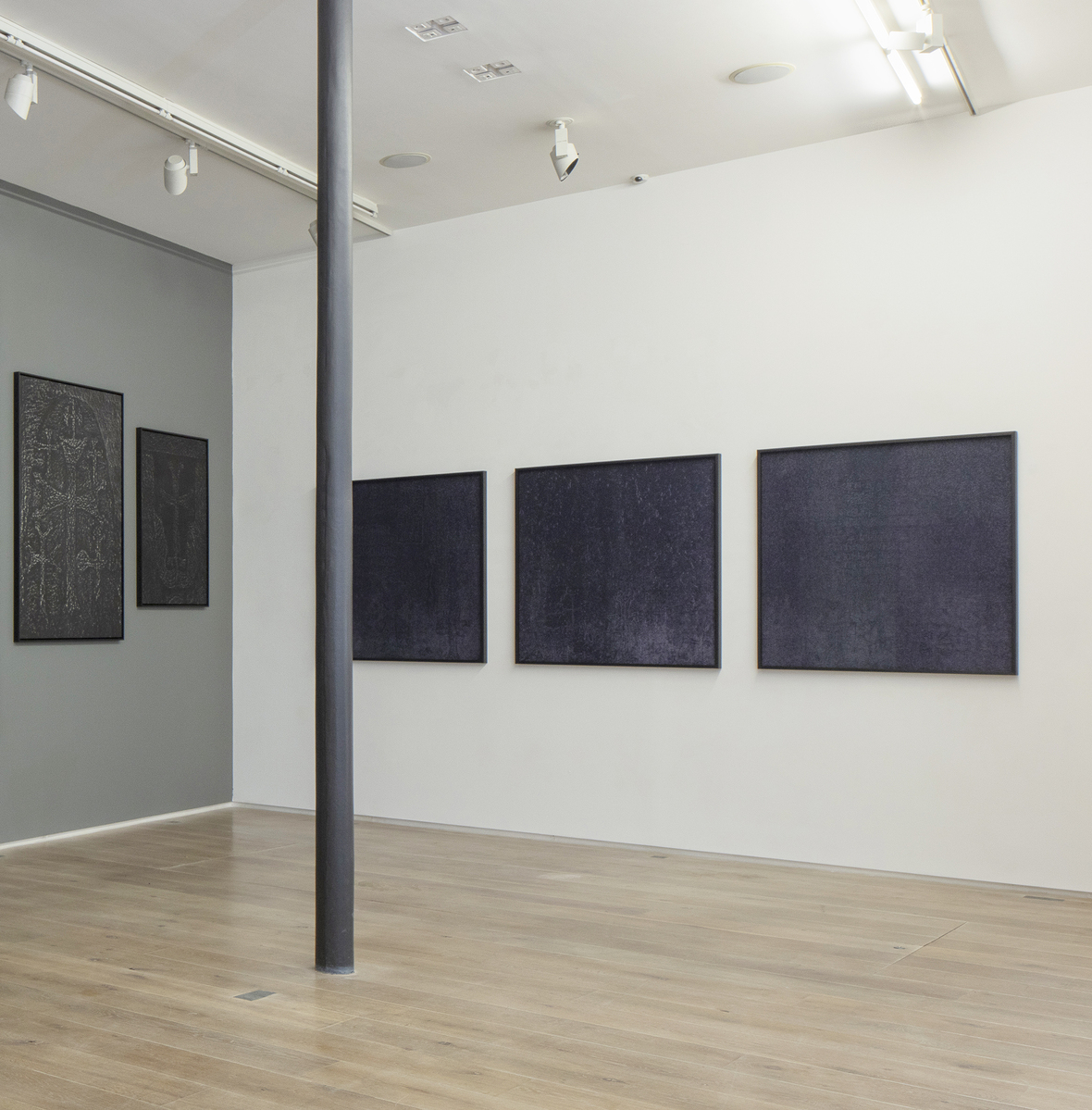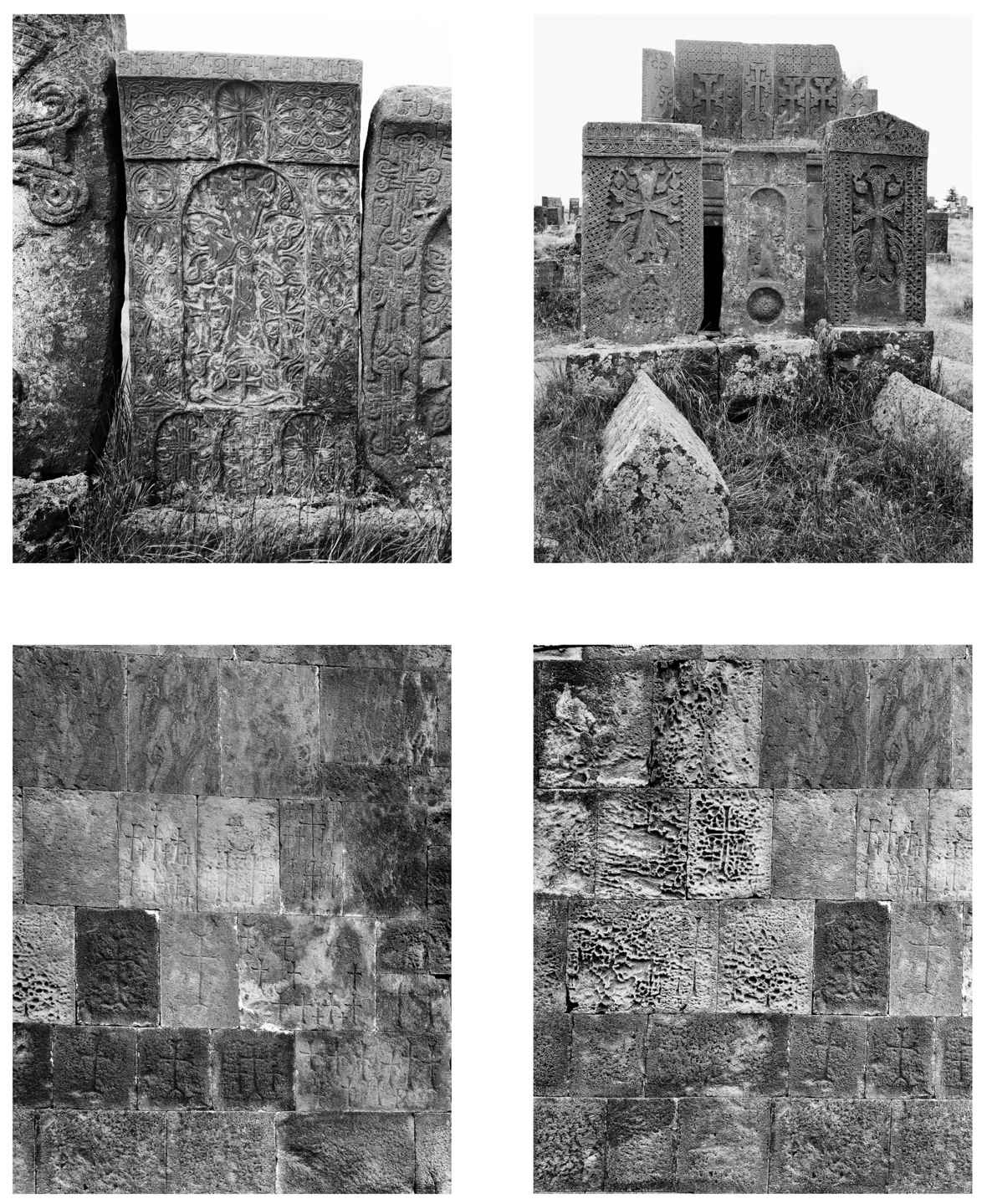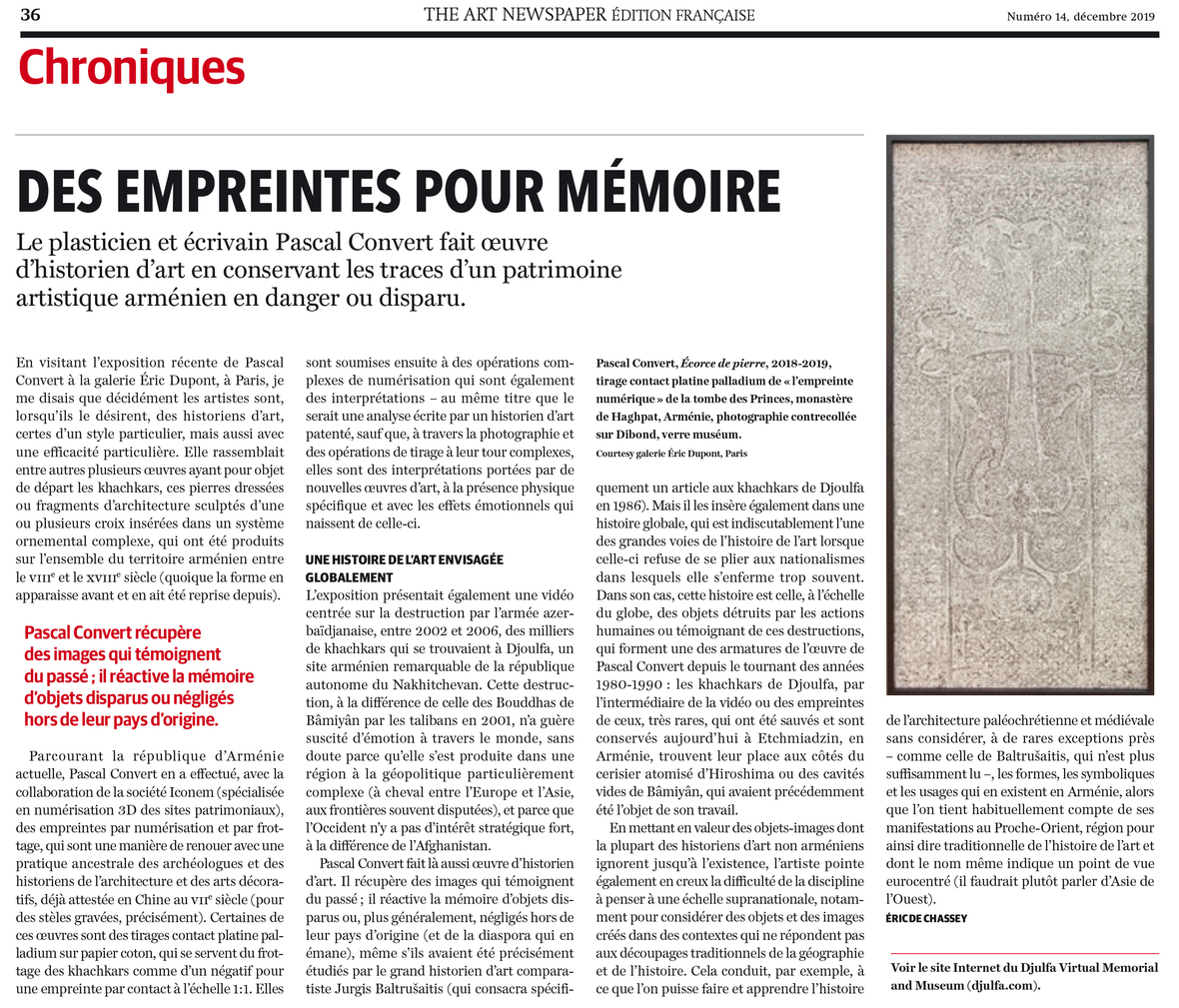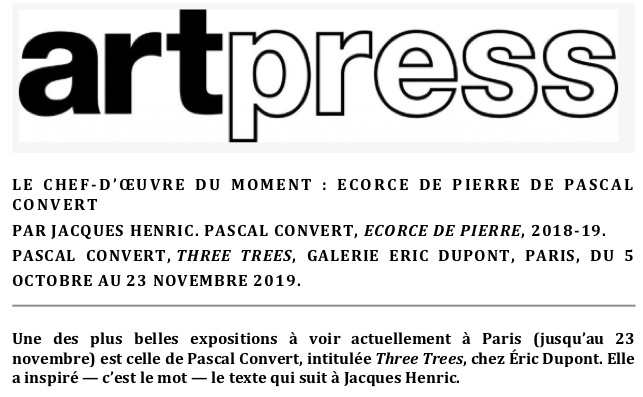Archéologie de l'architecture, de l'enfance, de l'histoire, du corps, des temps
2018-2019
ARMÉNIE, Les Temps du Sacré
Après leur collaboration en Afghanistan, Pascal Convert et la société Iconem ont effectué durant l'été 2018 une série de relevés dans des monastères arméniens, en particulier ceux de Geghard, Haghpat et Sanahin.
Comme lors de sa mission sur le site des Bouddhas de Bâmiyân, au centre du projet de Pascal Convert se trouve la question de la destruction d'œuvres archéologiques et artistiques majeures. Entre 2002 et 2006, les autorités azerbaïdjanaises ont détruit les trois mille khatchkars du cimetière chrétien arménien de Djoulfa. Sans pouvoir se rendre à Djoulfa désormais situé en zone de conflit armé, Pascal Convert a réalisé des empreintes des très rares khatchkars sauvés de la destruction et conservés au siège de l'Eglise arménienne. Ces pierres dressées à croix réalisées entre le XIIe et le XVIIIe siècle avaient des fonctions votives, apotropaïques ou commémoratives.
Poursuivant sa réflexion sur la temporalité de l'image dans des sites marqués par une présence spirituelle, Pascal Convert a mis en œuvre lors de son séjour une hybridation des techniques de relevé, des plus primitives - empreinte, photographie à la chambre - aux plus technologiquement avancées - photogrammétrie, vidéo immersive.
Ce projet sera présenté en octobre 2019 à la galerie Eric Dupont, Paris.
After their collaboration in Afghanistan, Pascal Convert and the company Iconem conducted during the summer of 2018 a series of surveys in Armenian monasteries, especially those of Geghard, Haghpat and Sanahin.As in his mission to the site of the Bamiyan Buddhas, at the center of Pascal Convert's project is the question of the destruction of major archaeological and artistic works. Between 2002 and 2006, the Azerbaijani authorities destroyed the three thousand khachkars of the Armenian Christian Cemetery of Julfa. Without being able to go to Djulfa now located in an area of armed conflict, Pascal Convert has made footprints of the very few khachkars saved from destruction and preserved at the headquarters of the Armenian Church. These cross-shaped stones made between the twelfth and eighteenth centuries had votive, apotropaic or commemorative functions.Continuing his reflection on the temporality of the image in sites marked by a spiritual presence, Pascal Convert implemented during his stay a hybridization of survey techniques, from the most primitive - footprint, room photography - to the most technologically advanced - photogrammetry, immersive video.
This project will be presented during the year 2019 at the Eric Dupont Gallery, Paris.
Avant et après la destruction des trois mille khatchkars du cimetière chrétien arménien de Djoulfa.
Les Temps du Sacré. Empreinte au graphite, prise de vue à la chambre et avec une drone des monastères de Geghard (à gauche) et Haghpat (à droite Gavit de Sayat Nova).
Ecorce de pierre, en prenant l’empreinte par frottage de la surface des khatchkars sauvés de la destruction du cimetière de Djoulfa, l’irrévocable de la destruction ne peut être annulé. L’événement a eu lieu. De ces centaines de pierres sculptées en bas relief et en méplat datant du VIIIème au XVIIIème siècle, étudiées par Jurgis Baltrusaitis et qui évoquent par leurs entrelacs le célèbre manuscrit enluminé de Kells, il ne reste que des débris engloutis dans l’ombre du fleuve Araxe à la frontière de l’Arménie et de l’Azerbaïdjan.
« Pour l’église arménienne, la croix décorée ou simplement la croix ailée se présente comme une croix fleurie, c’est-à-dire qu’elle est le symbole de l’arbre de vie, la victoire de la vie sur la mort, l’éternité et la floraison éternelle ». L’empreinte directe qui permet de conserver la taille d’origine, parfois hybridée avec des scanners réalisés avec des drones, et les diverses techniques de tirages photographiques, contact palladium6 ou Lambda7, n’effacent ni la souffrance ni le remords mais redonnent vie dans l’entrelacs inouï des lignes. L’hybridation processuelle produit un trouble entre réel et artificiel qui ouvre les temps du regard. La mémoire n’est plus sous l’emprise du passé.
Stone bark: even by making a rubbing of the khatchkars saved from the destruction of the Julfa cemetery, the irrevocable nature of the destruction cannot be cancelled, as the event took place. Of hundreds of 8th to 18th-century stones carved in bas-relief and flat-plane, that were studied by Jurgis Baltrusaitis and that evoke the famous illuminated manuscript of Kells through their interlacing, only debris remain, swallowed up in the shadow of the Aras River on the border of Armenia and Azerbaijan.
"For the Armenian church, the decorated cross or simply the cross with wings appears as a blossom cross, which means it symbolizes the tree of life, the victory of life over death, eternity and eternal blossoming."7 The direct imprint, that preserves the original size, sometimes
hybridized with scans captured by drones, and the various photographic printing techniques such as palladium8 contact or Lambda9 do not erase suffering nor remorse, but they bring back to life the extraordinary traceries of lines. Procedural hybridization produces a trouble between what is real and what is artificial; this trouble opens the time of the gaze. Memory is no longer in the grip of the past.
Djoulfa cemetery before the destruction by Azerbaijan army, photography Zaven Sargsyan.
Stone bark Platine-palladium contact print of a hybrid negative, the Princes Tomb, Haghpat Monastery, Armenia 96 x 209 cm.
Mur des donateurs Donors wall. Ten Platine-palladium print of the stone rubbing of the walls of the Geghard, Hagphat and Sanahin Monasteries in Armenia.
Platine-palladium print of a wall fragment, Geghard Monastery, 2019. 103,5 x 135,3 cm ; 107,5 x 139,3 cm
Platine-palladium print of a wall fragment, Geghard Monastery, 2019. 86,6 x 105 cm ; 90,5 x 109,2 cm
Print edition on Fuji Archive Crystal paper
Platine-palladium print of a wall fragment, Geghard Monastery, 2019. 109,6 x 160 cm
Platine Palladium print of a wall fragment, Haghpat Monastery, 2019. 120,4 x 136,6 cm ; 124,4 x 141 cm
Columns of the Geghard Monastery Hybrid print of the columns of the principal church at the Geghard Monastery, Armenia. 120 x 120 cm three pièces. Print edition on Fuji Archive Crystal paper, musem glass.
Khatchkars in Noradouz cemetery. Engraved walls, Hayravank Monastery
/ Accueil /
Biographie / Oeuvres / Expositions / Films / Thématiques / Documents
Textes - articles / Editions / Liens - contact / Au hazard

